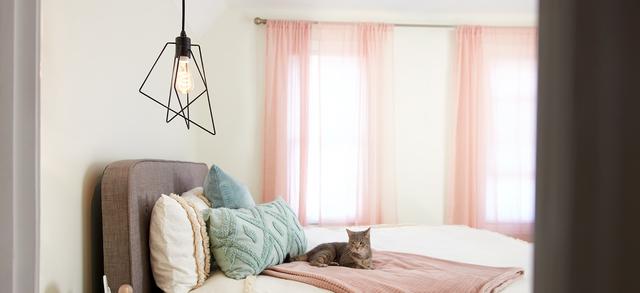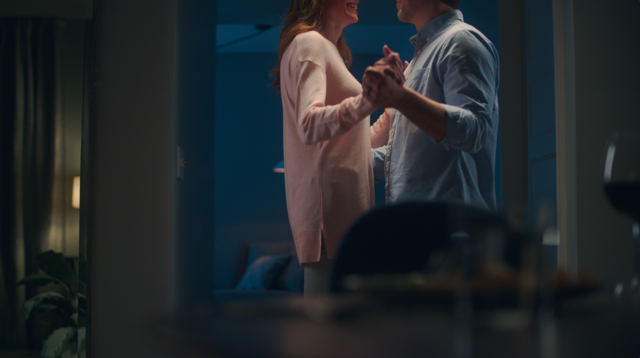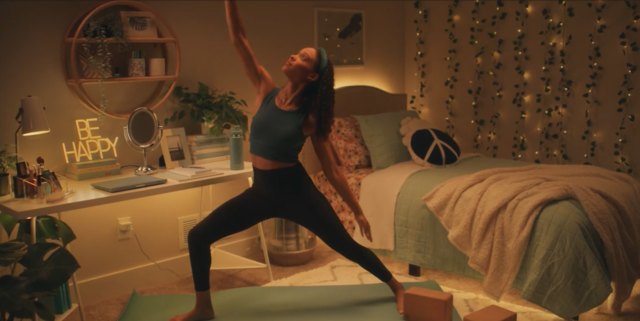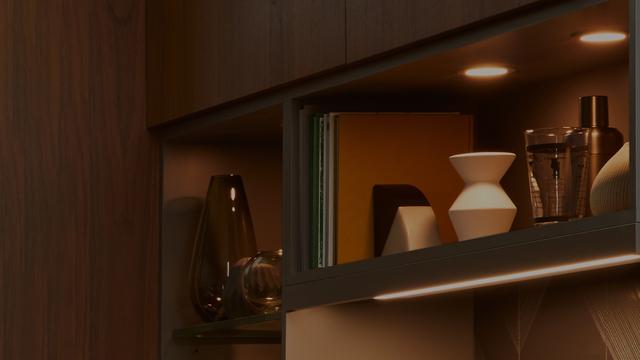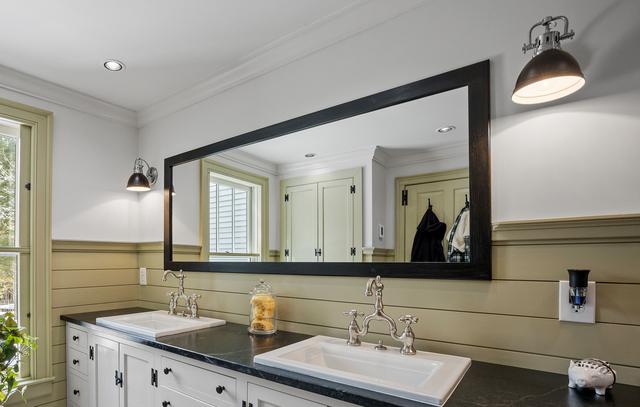Article republished from Houzz.
Flickering birthday candles in a softly lit dining room. The golden glow of a cozy reading nook. A bright, cheery kitchen ready for baking day. Magical and mesmerizing, lights can do so much more than illuminate a space — they can power positive emotions and affect the way we live and work. It’s no surprise, then, that we select light fixtures with great care. But what about the bulbs inside them? All too often they’re overlooked as an important design element; as long as they work, they’re forgotten. Olivia Vick, a color scientist at GE Lighting, shines a light on why the right bulbs are just as important as the fixtures that hold them.

Perfect Your Design Vision
Picture this: You spent months choosing the perfect white kitchen countertops, tile and cabinetry. You switch on the lights and everything looks…well, yellow. The celebration or dilution of your design choices lies in your lightbulbs. The kitchen seen here features high-definition LED bulbs that filter out yellow tones, making colors and fixtures pop. “They allow us to see better contrast: brighter whites, more vivid colors and clearer details,” Vick says.
Use this clean, white light to elevate your design. Try it over paintings and accent shelves or in a dining room with a dimmer. “You can use it in candelabra bulbs over your table; it will make marinara sauce redder and vegetables appear more vibrant,” Vick says. Today’s LEDs aren’t the clinical, blue-toned bulbs of the past; new technology allows them to emit soft white light. “We’re able to get rid of the blue feel and make the light clear and refreshing without compromising color,” Vick says.

Improve Your Mood
Light subconsciously affects our emotions. “Light is background that you don’t always think about, but when you’re in the right lighting, you feel better,” Vick says. “It’s that extra magic touch that we don’t realize is there.” She explains that this effect is tied to human evolution: “We’ve tailored our brains to feel differently in different lights.”
During the caveman days, for instance, soft firelight signified a time for winding down, triggering a sense of calm and promoting sleepiness. “We can play off those biological impacts of light to tailor the lights in our homes,” Vick says. Warm, soft light is ideal for bedrooms, entryways and family rooms — spaces where you want to feel relaxed. Depending on your preferences, you might want to fill your whole home with this type of bulb and layer in energy-inducing bulbs as task lighting.

Increase Productivity
While golden light is optimal for bedrooms, it’s not helpful for wading through emails, working off holiday pies or tackling home-improvement projects. Try a cool, bluish light for workspaces such as home offices, exercise rooms, garages and laundry rooms. For example, the light bulbs used in this home office mimic daylight, signaling the brain to stay awake. “The cool color temperature from the sun and sky makes us feel energetic,” Vick says. The greater contrast between bright colors furthers the invigorating effect.
Don’t go too bright, though, as this can decrease productivity and heighten anxiety, Vick says. Crime show writers are onto something with their interrogation scenes: A harsh spotlight in a darkened room can leave the most unflappable person feeling uncomfortable.

Aid Precise Work
Some tasks require lighting that reveals true colors: blending your blush or achieving the perfect shave, beautifully plating a dinner entree or successfully pairing black socks and navy socks with their mates. Layer in pure, clean light in rooms where precision matters, such as kitchens (above work areas), closets, bathrooms and craft rooms. The bathroom seen here uses this type of bulb in the vanity sconces, ideal for avoiding makeup fiascoes.

Save Energy and Money
LED bulbs are your best bet for saving dollars and energy. Though more of an investment upfront, they typically last about 13 years — even longer when used infrequently — and use fewer watts than incandescent, halogen or CFL bulbs. “High-definition LEDs use one-sixth of the energy of incandescent bulbs, and 25 percent less energy compared to halogen bulbs,” Vick says. While the savings on CFLs is slimmer, they don’t need warmup time or veer too blue or too yellow.
Light bulbs have the power to transform your home, elevating a space’s atmosphere and details. Select them by room, mood and purpose to delight in your lights.


